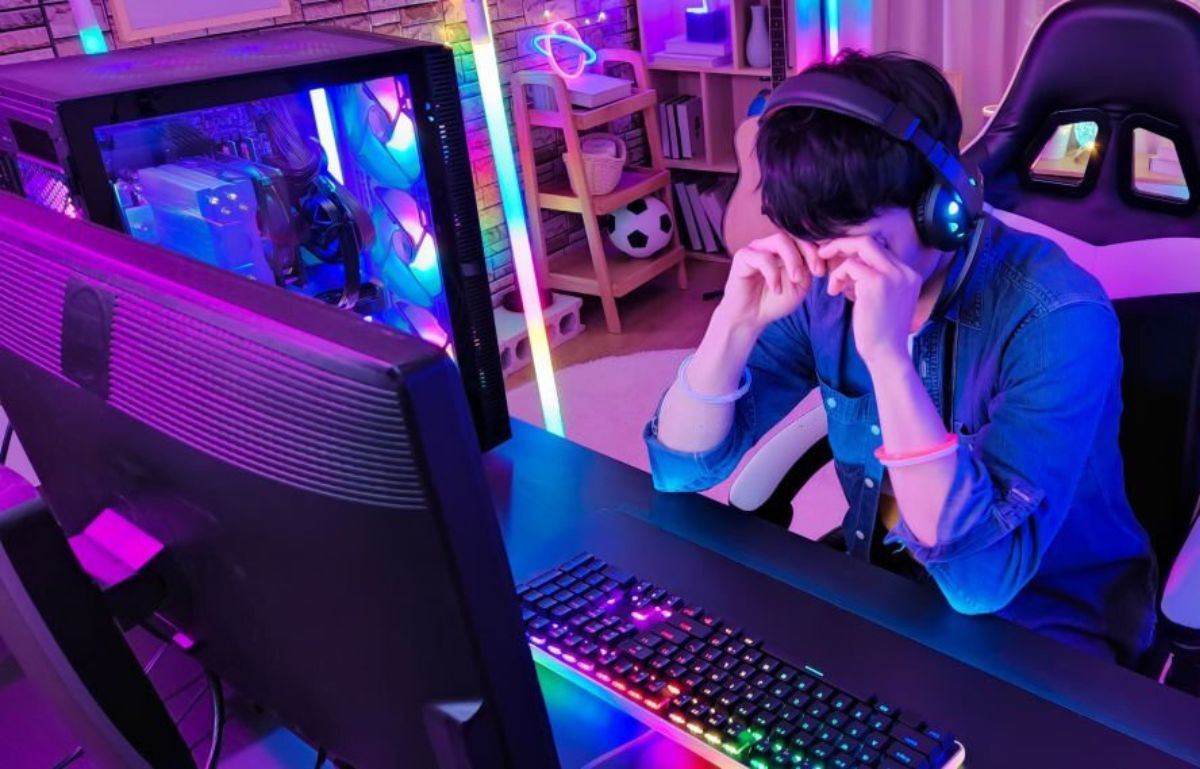
According to experts, this boom in the video game industry does not show any signs of slowing down. In fact, the global gaming market is expected to grow at an annual rate of 10% in the coming few years.
That said, it’s time for your video game to strike home for international gamers. The best way to achieve this is, no doubt, through video game translation services. Which we refer to as a process in which a game goes through linguistic, cultural, and regional adaptation.
Game translation and localization are important terms that everyone in the gaming business should be familiar with. Especially, if you live in places such as the Asia-Pacific region which houses almost half of all worldwide gamers.
But translating and localizing a game is not easy. It’s a painstaking process with many problems down the road. Here we’ll cover the most common challenges you may come across during video game localization. Plus, we’ll explain how you can solve or avoid these challenges.
Consistency of tone and style
Every game has a distinct tone and style. Just like the tone and style are distinct for each game, so are the languages. Therefore, when you try to translate a game from one language to another, you come across different expressions, phrases, and nuances that are hard to translate.
As a result, maintaining the same tone and style in a new language becomes difficult. So, you would need to partner with a professional translation agency that’s creative enough to deal with tone and style restrictions effectively. Your translated game should give an expression that it has gone through localization.
How to solve it?
But, how can you ensure that your translated version has the same style and tone as its original counterpart? Here’s what you can do:
- You should create a style guide for all languages you want to target. Your translation partner would refer to these style guides during the translation process.
- You should keep your translation memories updated on a regular basis. These regular TM updates must ensure nothing is outdated or obsolete.
Consistency of key terms
Every game has several specialized terms in it. This could be character names, inventory items, locations, skills, abilities, and achievements. Other terms can include dialogue options, game modes, multiplayer terms, health & damage values, and more. For a better user experience, you need to ensure that all such terms are conveyed accurately and consistently across all target languages.
How to solve it?
Identification of common terms is what you need to do. After you have identified common terms, it’s time to establish a translation memory right from the start. Try to have one comprehensive document that translators can refer to while localizing your game. This way you’re likely to face fewer problems.
Cultural differences
Games at times contain content that’s more specific to one culture. This can range from religious beliefs to social customers, references to historical events, and more. Such cultural elements ask for proper adaptation as per the needs of a target audience. Otherwise, it can create confusion and negatively impact the user experience in a target market.
How to solve it?
Just like website translation services, video game translation not only requires linguistic expertise but also a deep understanding of the source and target cultures. For translators you turn to, it’s mandatory to comprehend well the cultural contexts. Otherwise, they would be unable to substitute cultural references in one language with their equivalent ones in the target language.
Another solution to combat these cultural differences is to provide your experts with explanations or context of these differences. You can achieve this through pop-up notes, in-game glossaries, or tutorials. In either case, your best bet is to choose a local LSP for making your localization project a true success.
Text length constraints
Different languages have different grammatical structures and word lengths. A translation that fits well within the confines of text length in one language will not necessarily fit into other languages.
For instance, English and German are two languages with variations in grammar and word length. Thus, if an English phrase is translated into German, the translated version can significantly expand. Which might lead to problems such as text overlapping, the omission of certain critical information, and more. Your goal should be to avoid formatting and layout issues due to these text expansions.
How to solve it?
If you want to avoid this issue then your localization partner and game developers should have close communication between them. This way your engineers will design UI strings in a way that can accommodate text length variation. The UI strings should also have enough flexibility so that no layout and formatting problems can arise.
Lack of context
Video game translators often complain about the provision of less context. They generally don’t have enough understanding of the game characters, storyline, settings, and gameplay mechanics. Hence, they don’t produce accurate translations.
How to solve it?
Being a game developer, the more context you provide to your translators, the better. So, you can give them access to design documents, storyboards, gameplay demos, character bios, and more. This way, they will be better equipped to serve you with consistent and appropriate video game translations.






